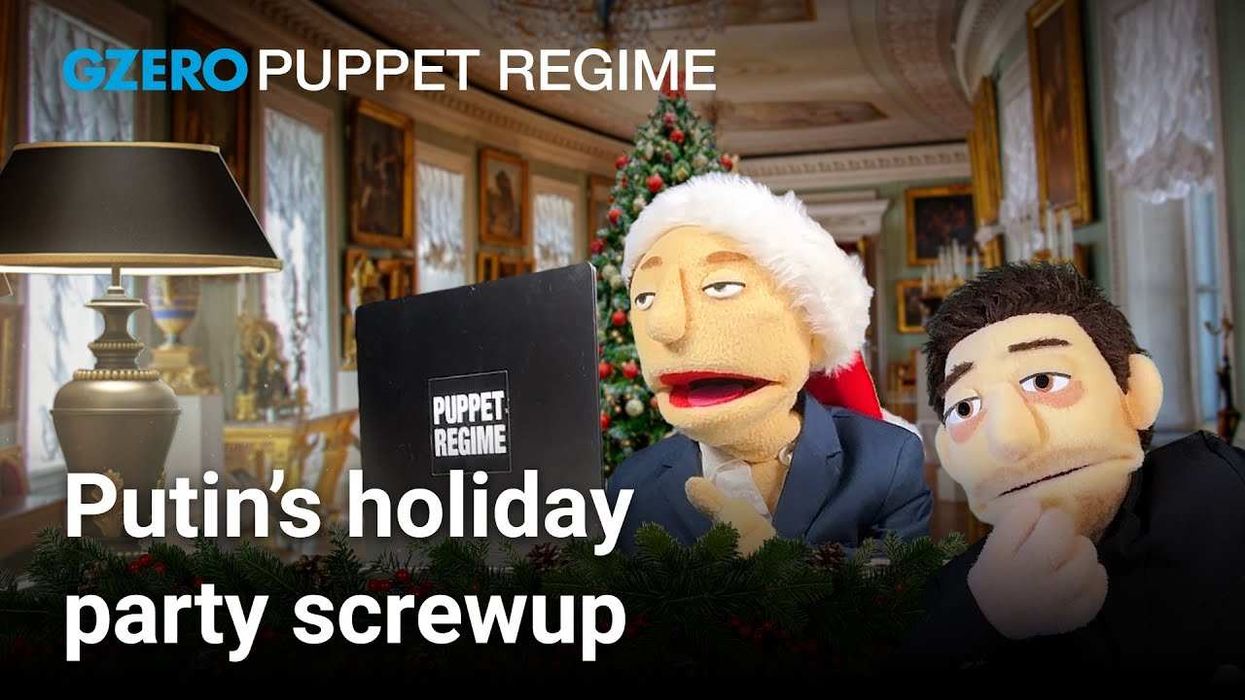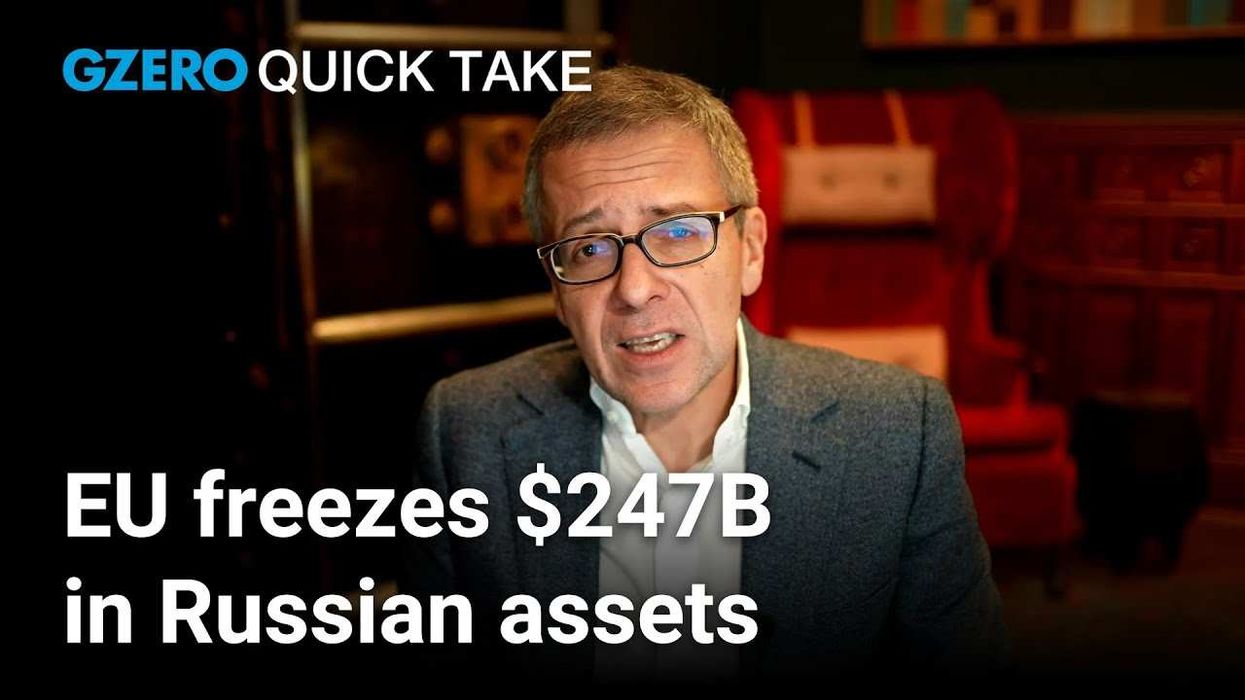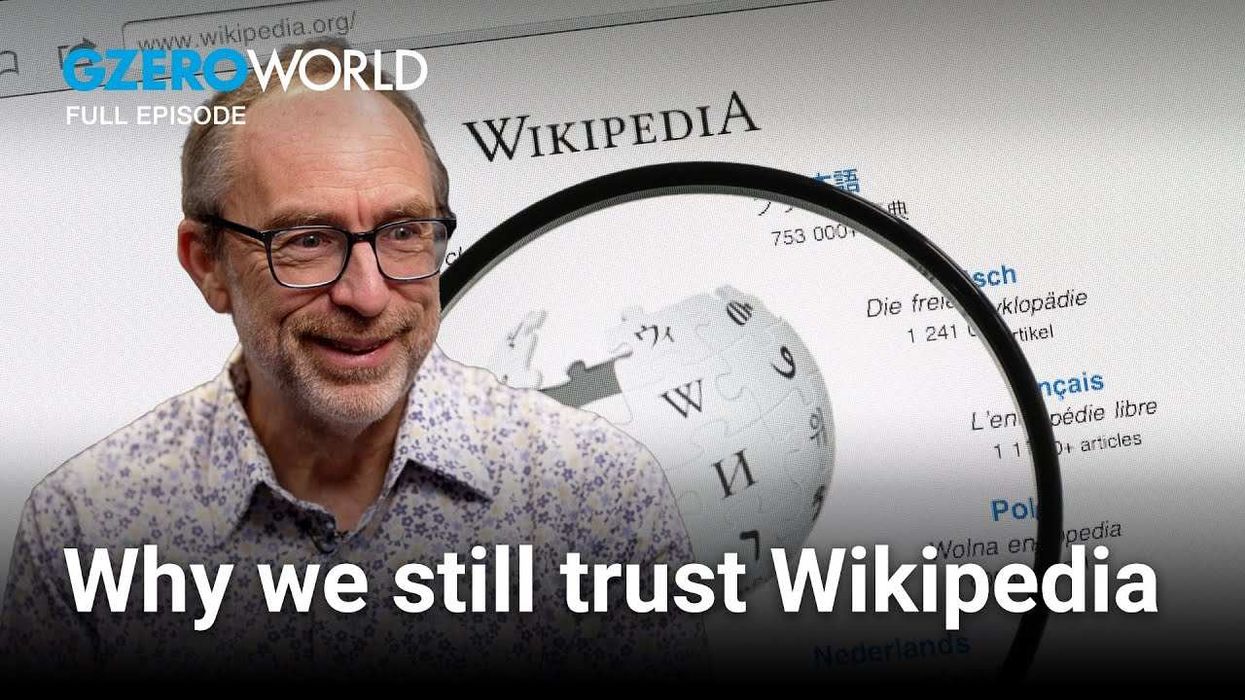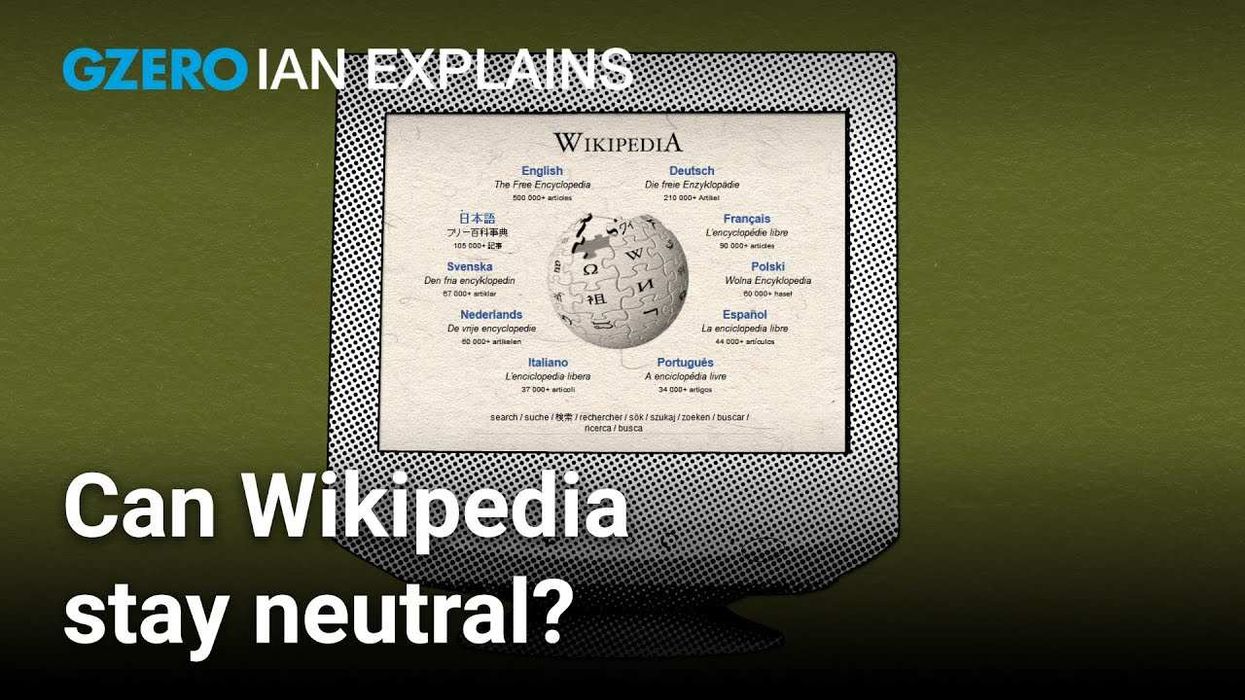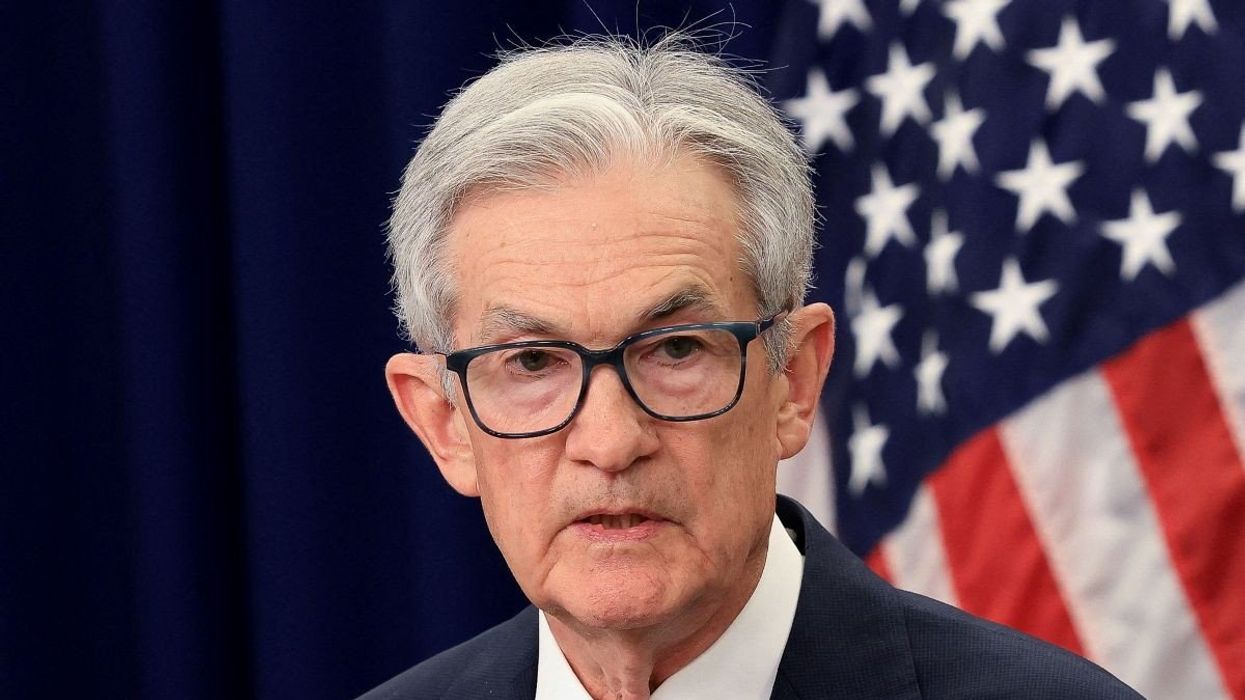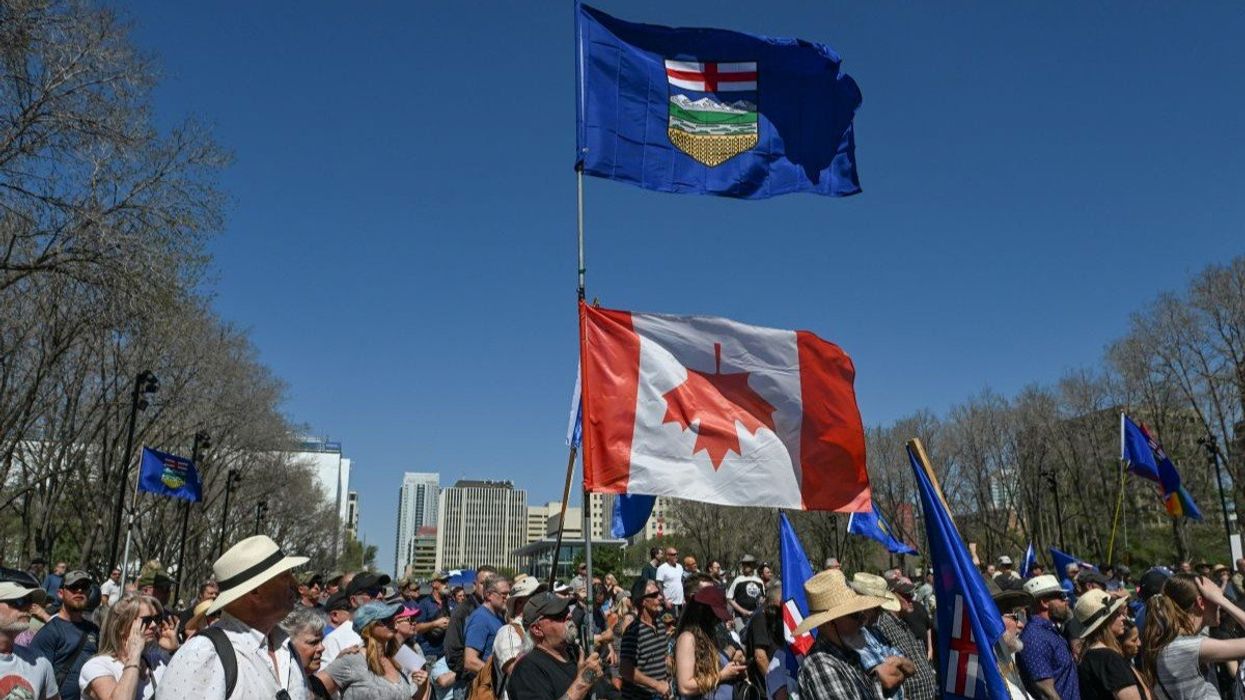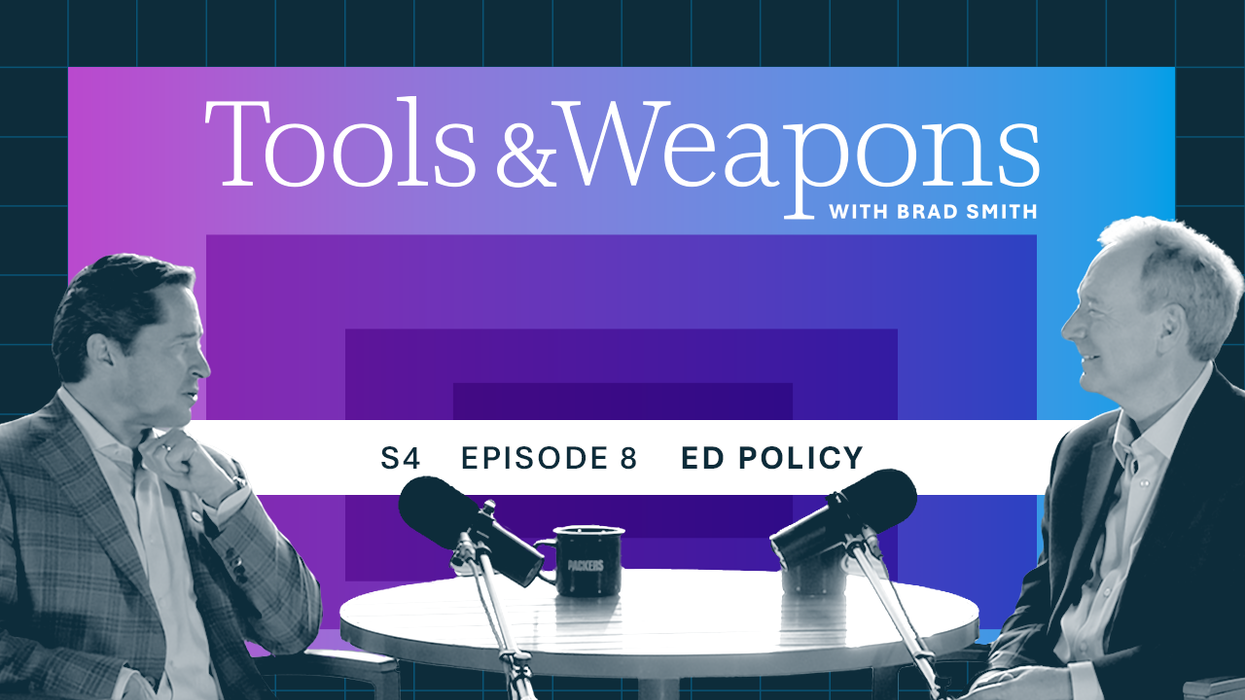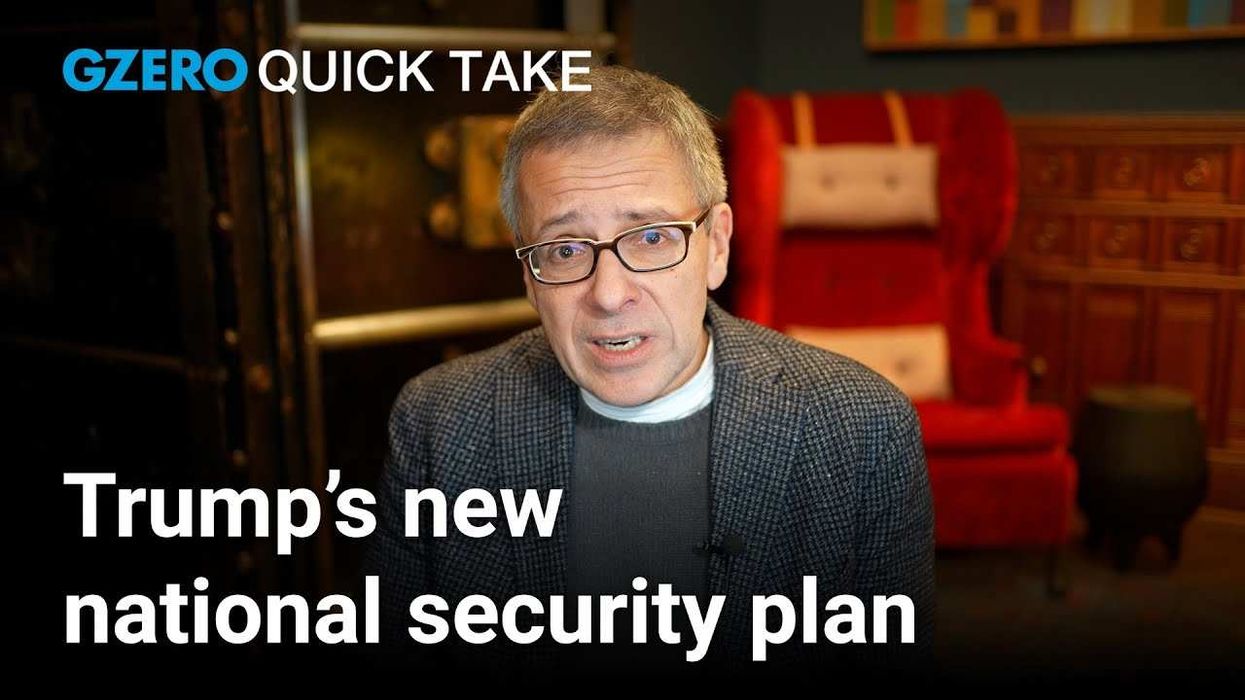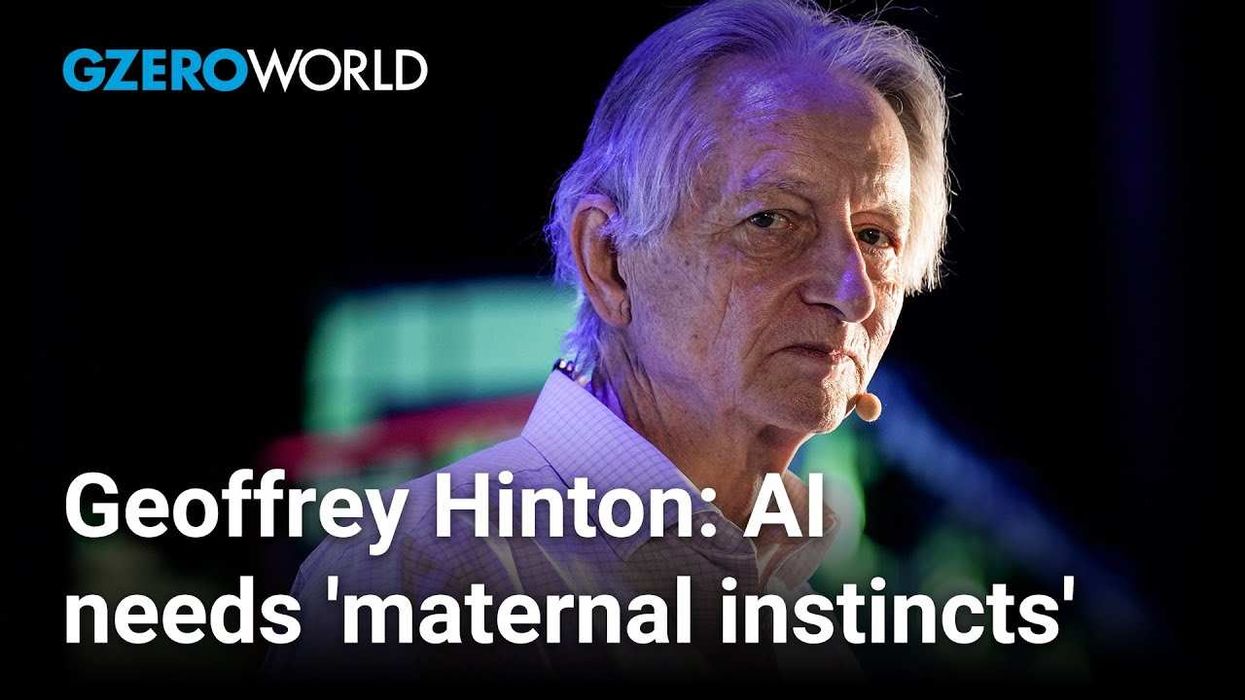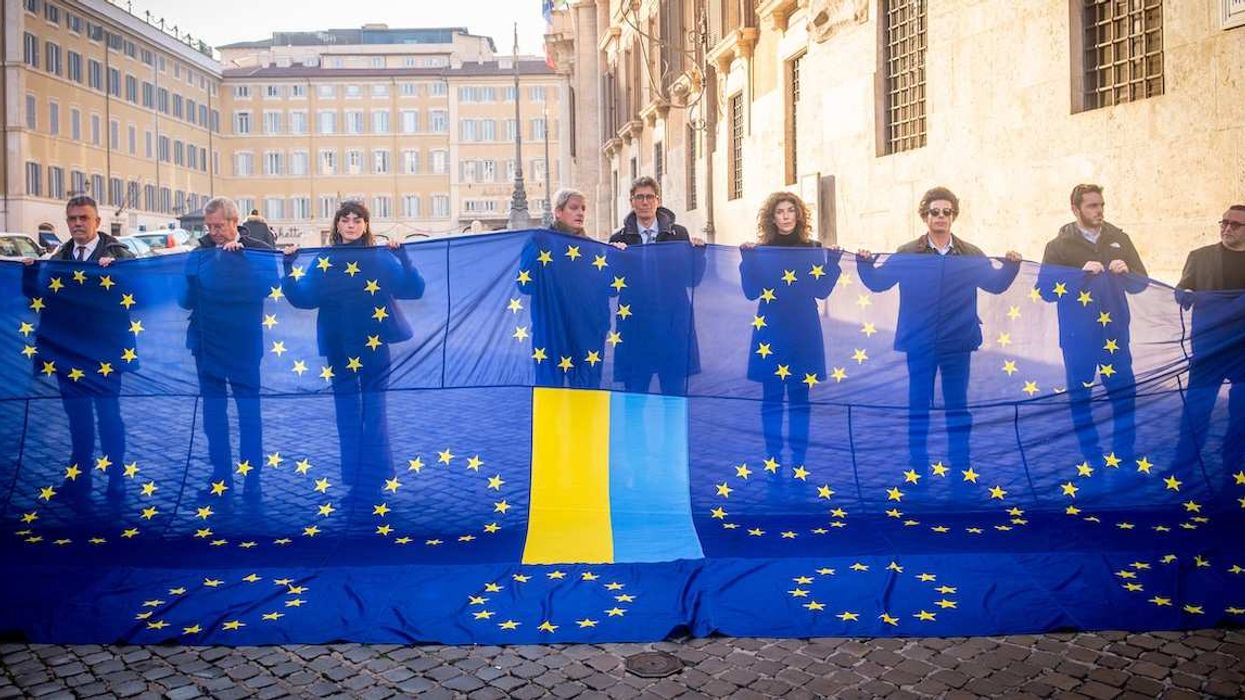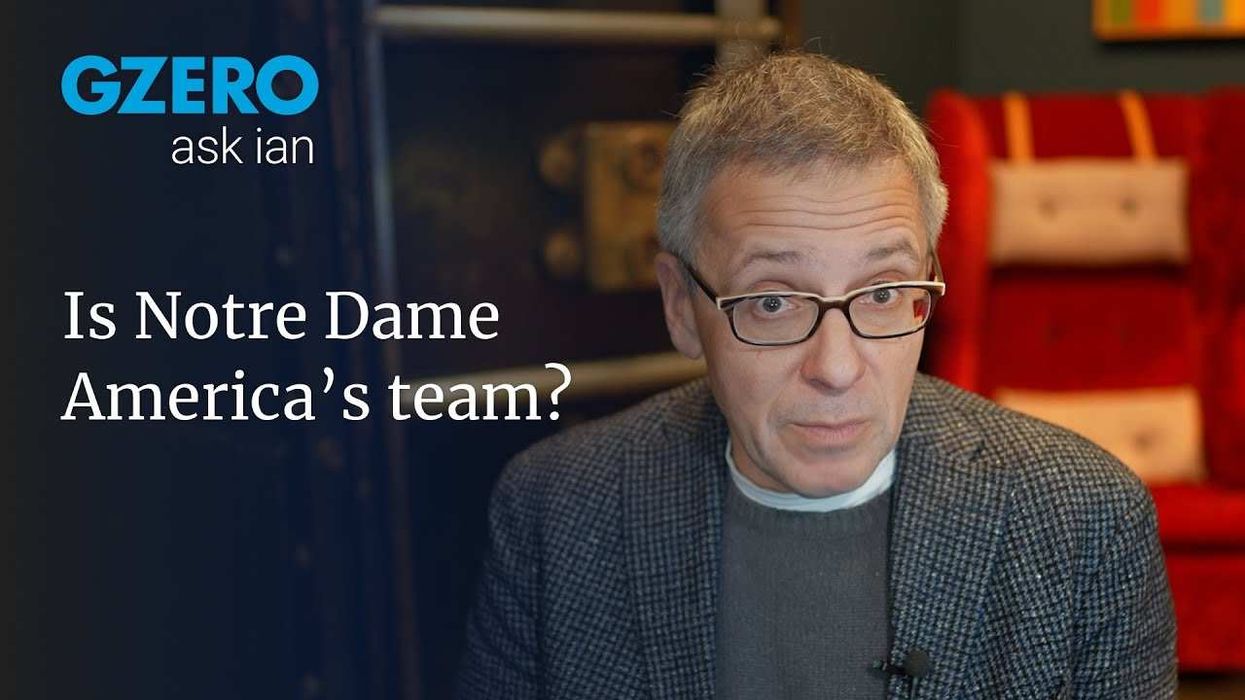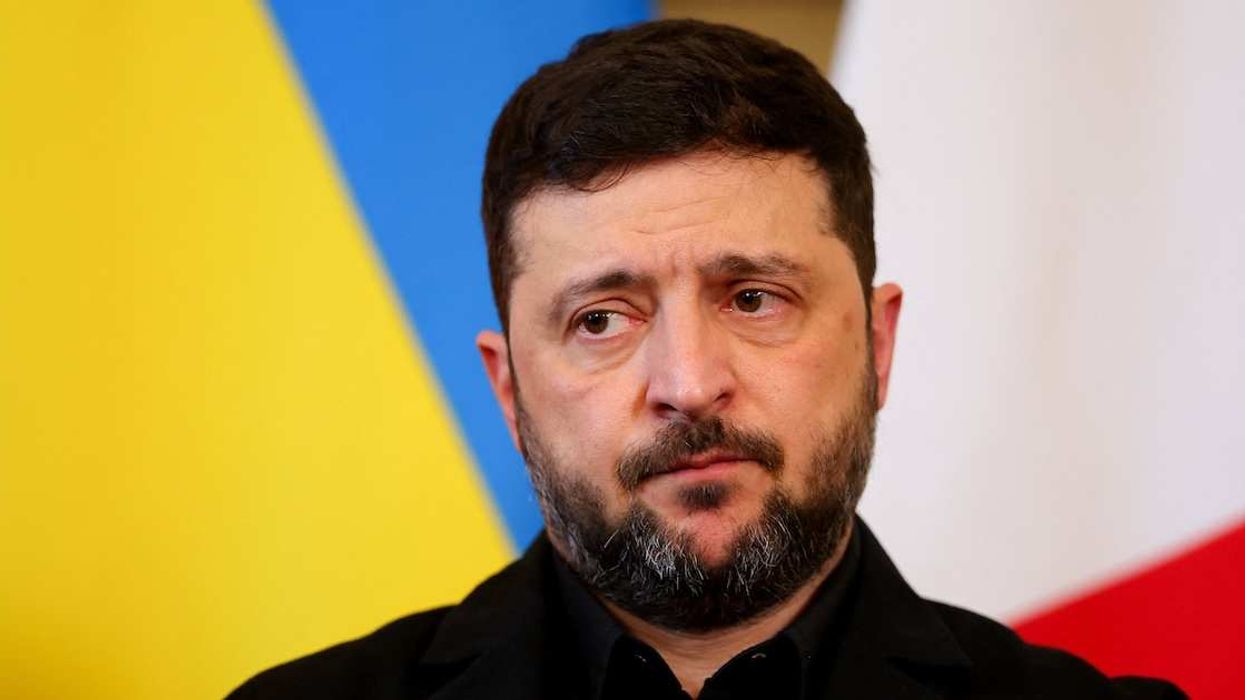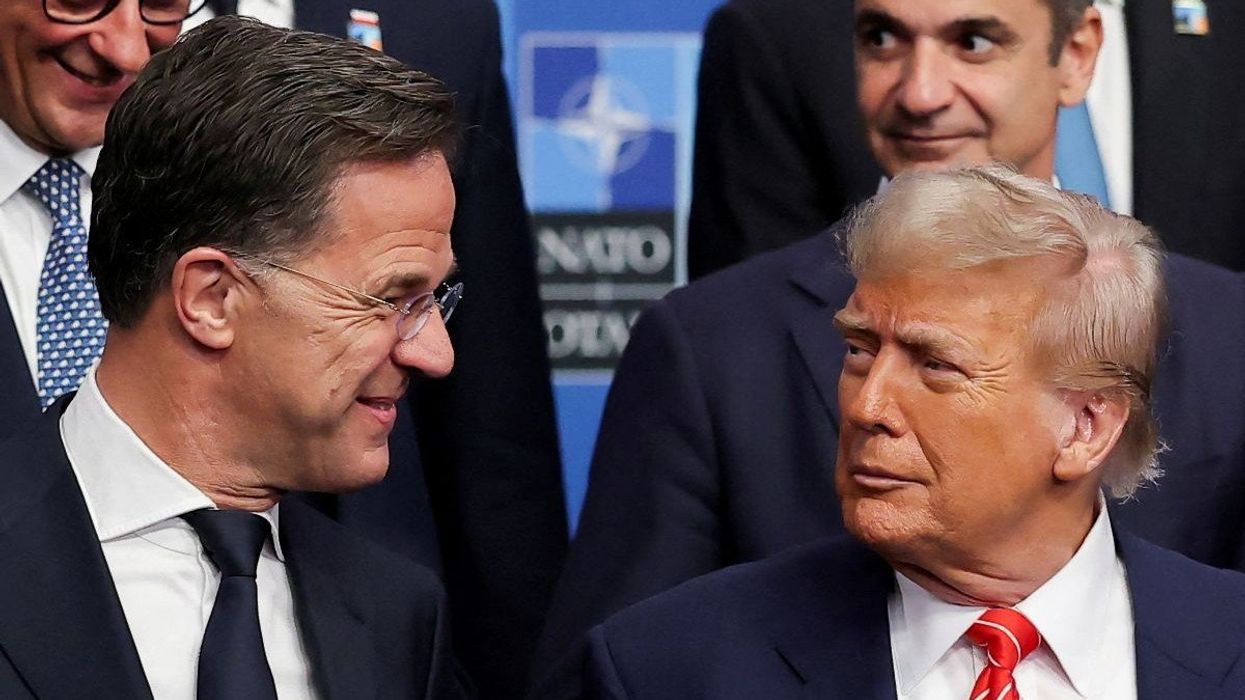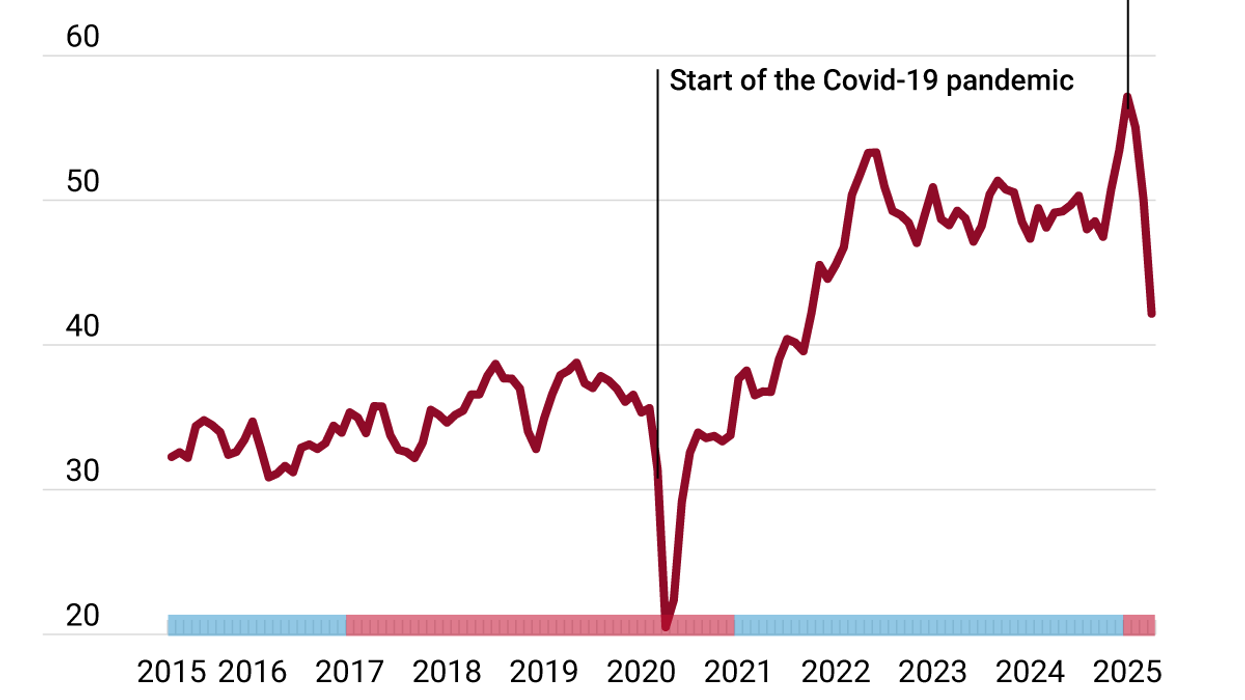Donald Trump has an empire state of mind.
From his threats to make Canada the 51st state, buy Greenland, reclaim the Panama Canal, and, almost implausibly, “take” the Gaza Strip, Trump isn’t hiding his imperial ambitions. In his inaugural address, he explicitly said he sees an America that “expands its territory.” Is he serious about this, and, if so, what does it mean for its closest neighbor and biggest partner, Canada?
Let’s start with the first question: Is territorial expansion a real threat or just rhetoric he is using to shake down opponents in trade negotiations? It’s both. Trump is using these threats to gain better access to markets for American goods, and he’s flexing his imperial desires.
No moment better illustrated Trump’s empire state of mind than on Tuesday, when he met King Abdullah II of Jordan at the White House. With Trump’s radical promise to take Gaza and “clean out that whole thing ” — choice words not lost on anyone remotely familiar with the worst crimes under international law — the meeting was expected to be about as uncomfortable for the royal as a crown of porcupine quills. But it got even more interesting than expected.
The president was asked how he would buy Gaza, as he had initially proposed. “We’re not going to have to buy,” he said. “We’re going to have Gaza. We don’t have to buy. There’s nothing to buy. We will have Gaza.”
We will have Gaza.
Pause there for a moment because that was a foundational shift in US policy. The president of the United States declared he could unilaterally pluck up pieces of land the US has no legitimate claim over in blatant violation of international law. Because the statement was so shocking, Trump was immediately asked to clarify. You won’t even buy it?
TRUMP: No reason to buy. There is nothing to buy. It’s Gaza. It’s a war-torn area. We’re going to take it. We’re going to hold it. We’re going to cherish it.
We are going to “take” it.
The next moment was the one that Canadians, Greenlanders, and Panamanians took to heart.
The king was visibly uncomfortable with what he and every Arab leader have said is a totally unacceptable idea, so he tried to deflect a confrontation, saying the Arab leaders would propose a solution, but then Trump doubled down.
“Mr. President,” a journalist asked, “take it under what authority? It is sovereign territory.”
“Under the US authority,” the president answered, as if that was enough.
This is exactly the law of the jungle we described in Eurasia Group’s 2025 Top Risks Report, where international laws and norms — the same laws and norms the US built and underpinned after World War II — are no longer enforced. Under this rule, strong countries — the United States, China, and Russia — divvy up the world into their own imperial spheres of influence. In a cogent piece this week in the Financial Times, Gideon Rachman called this the age of neo-imperialism, a world “based around spheres of influence — with the US concentrating on the Western Hemisphere, Russia on Eastern Europe, and China on East Asia.”
It is exactly right. This week, Trump and Russian President Vladimir Putin had a long phone call during which – without input from Ukraine – they appeared to unilaterally decide the terms on which the war, which Russia started, would end. On favorable terms for Russia. How do we know? Because US Defense Secretary Pete Hegseth said the same day while he was in Europe that Ukraine joining NATO is now off the table and that US support for Ukraine and European defense is a low priority. Putin must be popping vodka bottle tops. His war aims have been largely vindicated.
More importantly, it shores up Rachman’s thesis that Trump is reverting to the imperial spheres of influence model, where great powers gobble up land in their orbits and let other great powers, like Russia and China, do it in theirs. The empire state of mind in action.
How should Canada read this?
On his way to the Super Bowl, Trump was asked by Fox News’ Bret Baier whether taking over Canada is a real goal. “Yes it is,” Trump responded before sharing his rationale that Canada, in his view, is a leech on the American economy and military and that he believes it should be the 51st state. So, yes, he is serious about it.
Again, not to be a scold, but facts should matter here. On that day, Trump’s rationale for taking over Canada was a “$200 billion” deficit. That is wrong. According to Stats Canada, in 2023, the trade deficit was $94 billion, which includes the cheap energy Canada supplies. But to the empire state of mind, facts don’t matter. Neither does the rationale. Today, it could be about trade deficits, fentanyl, and illegal immigration, and tomorrow, it could be about banking or cars. The goalposts will shift. All that matters is what the US wants to “take.” The rest is pretext and commentary.
So how could Trump take Canada by “economic force”? Again, the president is not hiding his plan.
Step one: Weaken the Canadian economy with devastating tariffs.
The 25% tariffs on steel and aluminum will be punishing for Ontario and Quebec but not existential. That is just a start. Layer another 25% tariff on all Canadian goods crossing the border, and there will be a meltdown.
“If we stop allowing them to make cars — through tariffs and other things: cars, trucks, etc., what they make — they’re not viable as a country,” Trump told Baier in a chilling moment.
Step two: Sow divisions in Canada. By excluding energy from his threats — or by putting much lower tariffs on energy than on other goods – Trump heats up East-West tensions in Canada that have long been on a medium boil.
It also has the benefit of self-interest. The US needs Alberta energy for its Midwest refineries. Otherwise, voters there will see a price jump at the pumps. So, Trump cuts Alberta a break. The rest of Canada, meanwhile, will want to retaliate against his tariffs, and energy is a powerful weapon in the arsenal. The Alberta premier has said that is a no-go. Other leaders are not ruling it out. If – no, when – the tariffs come, the external threat of Trump will be strengthened by the internal disputes within Canada.
Step 3: Spread disinformation. Separatism has always been an issue between English-speaking provinces and French-speaking Quebec. The separatist PQ party has been steadily on the rise in Quebec, with the promise of a referendum in the near future. Fomenting that movement with more disinformation is not out of the question for a president who wants to swallow up Canada and take its minerals, water, and access to the Arctic.
These could add up to the “winning conditions” Trump needs. Does he start with an offer to let part of Canada split off and join the union? Maybe. Suddenly, Canada is in fragments and ready to be swallowed up, bite by bite.
Of course, this is all dark speculation. Annexing Canada is not just a matter of political barking any more than it was in the War of 1812, when taking Canada was supposed to be a mere matter of marching. It wasn’t then, and it won’t be today.
Former Canadian Prime Minister Stephen Harper was roundly celebrated by leaders of all parties when he said, “I would be prepared to impoverish the country and not be annexed, if that was the option we’re facing.” Trump’s threats have led to a dramatic spike in Canadian patriotism. Canada is gearing up for a fight it doesn’t want or need. The US is picking a fight to win a prize it already has: free and fair trade with its best friend.
The empire state of mind, however, doesn’t allow for the logic of mutual benefit. It is a radical shift in global politics and a warning to countries that once called themselves allies, neighbors, and friends.



